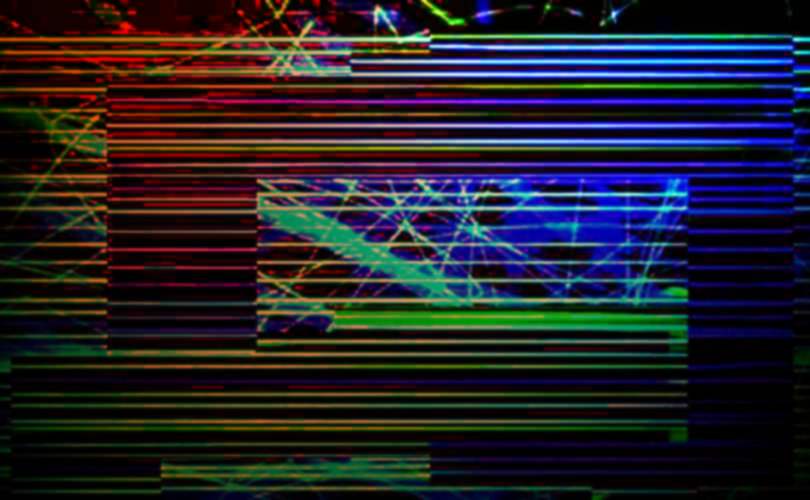| |
|
The Laser Guide to Video Games |
|

Daisenpu (PC Engine - 1990)
Daisenpu Custom (PC Engine - 1991)
On the surface, there isn't anything particularly remarkable about Toaplan's
Daisenpu. It seems to follow a similar formula to many other shoot-'em-up
titles. In this horizontal scroller, you're a lone fighter pilot facing off
against an armada of foes including rows of tanks and and gunships. You
pilot a 1940's era plane, sweeping over different stages in fast,
defense-driven motions. You're equipped with two main modes of attack -
there's an array of standard shots and more powerful bombs that can wipe out
anything in the immediate area. Standard shots can be upgraded by using
power-ups, though these are scattered in the levels and difficult to find.
Super Attacks are limited to just a few, but you can find extras if you look
hard enough and shoot just the right opponent.
The game's structure is fairly standard but offers some challenge as you
progress through somewhat predictable stages. Surviving the standard attacks
isn't as easy as it sounds, since enemy AI is smart enough to attack your
position simultaneously. This makes some attack difficult to avoid until you
memorize the enemy's positions and patterns. Successfully navigating your
ship through the stages allows you to build up your score. Each stage ends
with the resulting end-level battle offering an impressive stage boss that's
challenging and occausionally frustrating. There are generous continues
available, which means you should be able to make progress if you're
persistent.
While its fairly predictable for the most part, Daisenpu most-interesting
feature becomes increasingly important during the harder difficulty levels.
At any point during the stage, your can call out a squadron of shadow
fighters that fly alongside your ship if you get in a pinch. These also act
as shields that can absorb enemy fire and give you limited protection from
enemy fire. For the most part, these companions shoot straight ahead but
will occasionally ram into an opposing object. You begin with half a dozen
of these ships but your squadron loses its power when each one is destroyed.
Flying with them might make you feel like you're invulnerable, but you
aren't and if a bullet hits your ship. not only do you lose a life, the
entire squadron vanishes. You need to call these out carefully since you
only have a few of these charges durirn the game. It's usually best to save
them for the boss battles. Its not always easy to do, but the harder stages
make it essential to do this. The game's stucture is fairly straightfoward
aside from this, and you probably won't need much more than this brief
introduction.
Daisenpu's stages are fairly straightforward in terms of design and each
level are rendered with a fairly good level of detail. Its easy to spot
enemies and their shots aren't hard to miss, either. Getting out of their
way is the hard part. The best strategy seems to be avoiding the low-center
of the screen and avoid getting boxed in at the sides of each stage, where
you're likely to be a sitting duck. Memorizing enemy positions and patterns
is probably the best way to survive the long levels, though good reflexes
probably won't hurt your performance. Your initial impressions are likely
that Daisenpu is similar to other shooters in the genre like Capcom's 1943
or KyuKyu Tiger. These comparisons are likely to be somewhat favorable but
there are some shortcomings in this game, though somewhat minor. In order to
stand out from the pack of shooters in the console, Daisenpu offers a few
interesting play mechanics, such as the multi-pronged assistant fighters,
but there's nothing here that would generally be considered surprising or
innovative.
Fortunately , solid construction and implementation help make for a
satisfying arcade conversion. Thee aren't any extra modes, such as caravan
or time matches in this no-frills conversion, which is a shame. The ship's
controls are fairly good, though not quite as responive or fluid as they
could be. This makes it difficult to get out of the way of enemy fire in
certain instances. The good news is that you can compensate for this by
anticipating flying maneuvers and patterns, which makes the game much
easier. There are two seperate versions, Hu-Card and CD-Rom. The CD-Rom is
given the appendix Custom but falls a bit short of expectations,
Disappointingly, aside from a far more elaborate and heavily-orchestrated
arrangement of the soundtrack, and slightly more robust sound-effects, the
CD edition is essentially the same game as the card release,.
This isn't much compared to the elaborate enhancements given R-Type and
Raiden for their CD re-releases, counts as a disappointment. Daisenpu was
one of the earlier titles released for the CD, so this lack of ambition is
somewhat understandable, though not entirely. Which edition of Daisenpu you
get at this point depends on your taste in soundtrack. Ironically, the
simpler chip-tune style soundtrack's straightforward approach feels better
suited to the gameplay and the instant load time makes the Hu-Card version
more enjoyable. Either way, Daienpu still offers a decent-looking and
occasionally challenging shoot-'em-up. Though it might be overlooked by
flashier and more visually stimulating releases that came out later,
Daisenpu is a still an enjoyable and entertaining arcade conversion, making
it a solid addition to the extensive library of scrolling shoot-'em-ups on
the platform.
- Michael Palisano
|
| |
|